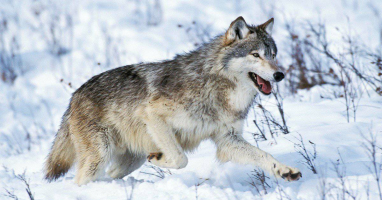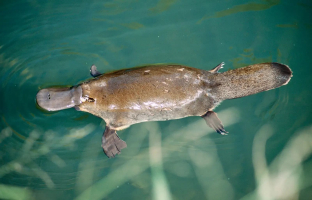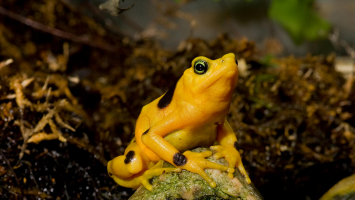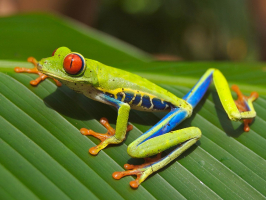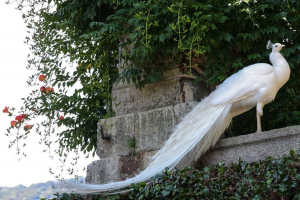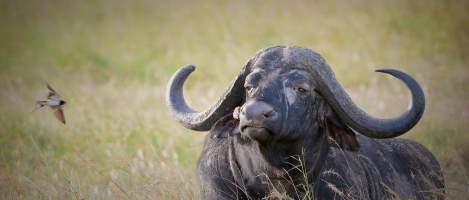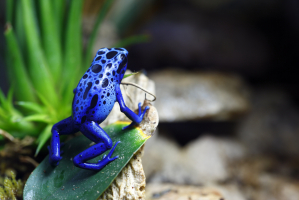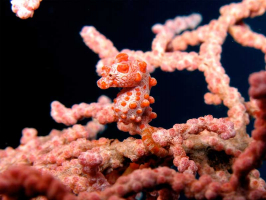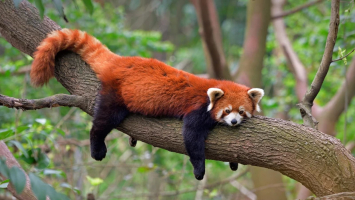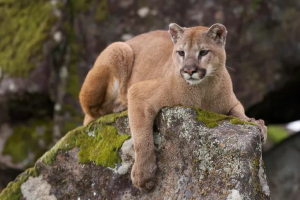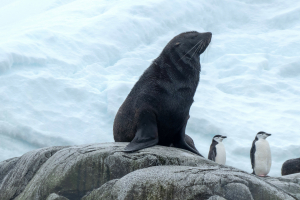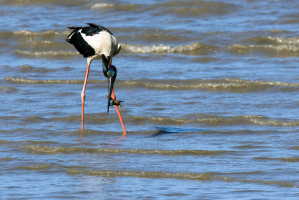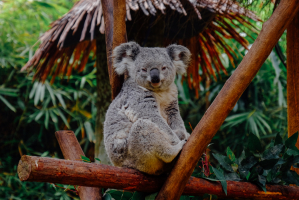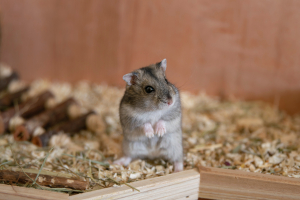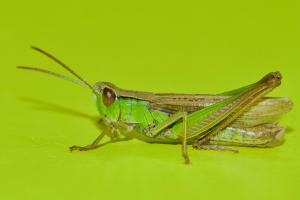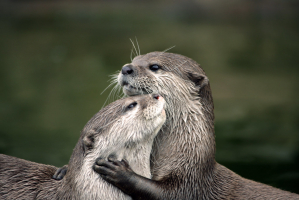Top 10 Best Resilient Animals
What makes a creature resilient? Animals are regarded as tough because of their capacity to resist adverse conditions or situations. They frequently have a ... read more...one-of-a-kind adaption that enables them to take on these problems. The animals on this list are challenging for several reasons, including their capacity to defend themselves against larger predators and their ability to withstand intense heat. You might be shocked to learn which are the best resilient animals. Find out why they made this list.
-
Mountain goats are truly one of the best resilient animals in the world, surviving at heights above 13,000 feet. Alpine locations, such as the Rocky Mountains, the Cascade Mountains, and Alaska's Chugach Mountains, are commonly home to them.
With inner pads that give grip and cloven hooves that may stretch out, the mountain goat's feet are well-suited for climbing steep, rocky slopes with pitches reaching 60°. Sharp dewclaws on the tips of their feet prevent them from sliding. They have strong shoulder and neck muscles that assist them in climbing steep terrain. Researchers were able to measure a mountain goat's full-body movement as it ascended a 45-degree slope based on a field recording in the Rocky Mountains of Canada. During the first phase of the goat's propulsion, researchers saw that the rear legs were stretched and the front legs were tucked near to the goat's torso. The goat elevated its rear legs near its chest during the second phase, but the humerus of its front leg remained locked in a fixed position relative to the goat's chest, allowing the elbow to be detained near the complete body's center of balance. The vertical translation of the center of mass up the mountain slope was achieved by extending the elbow and carpal joints. To get from one rock to the next, a mountain goat can jump 12 feet!
Mountain goats are distinguished by their unusual beards and long, thick coats, which protect them from the cold and bitter mountain winds. On the icy peaks, their bright white coats provide excellent concealment. This coat is shed by goats during the more temperate summer months. Mountain goats are classified as the least concern on the IUCN Red List of Threatened Species, even though they are considered to be shrinking in size as a result of global warming.
Scientific Name: Oreamnos americanus
Resilient Animal for Surviving Extreme Altitude: Lives at Altitudes of 13,000+ Feet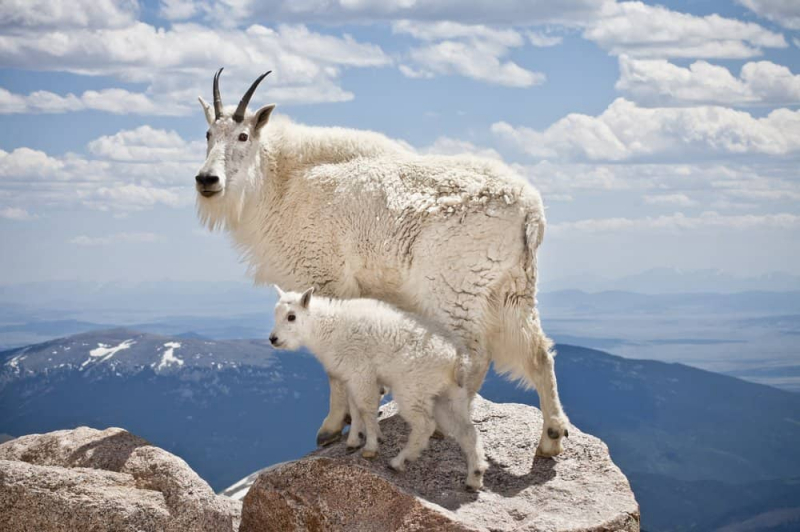
a-z-animals.com 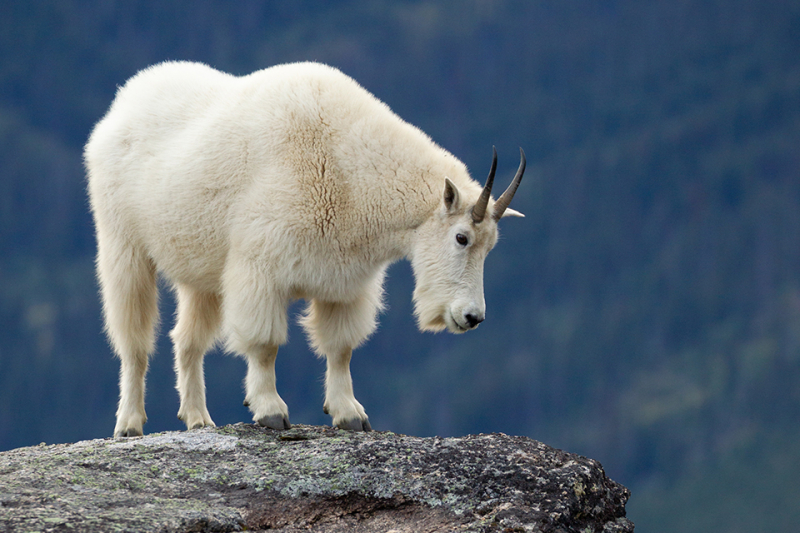
en.wikipedia.org -
We all agree that the Arctic Fox is adorable, but don't be fooled by its cuteness; this is one tough cookie! It is one of just a few species that have adapted 1 to flourish in the worst winter circumstances and withstand some of the lowest temperatures on the planet, surviving year-round in the icy tundra of the Arctic in the northern hemisphere. This resilient fox can live in temperatures as low as 58 degrees below zero and gusts of up to 50 or 60 miles per hour.
When it's exceedingly cold, a behavioral adaptation to flourishing in a severely cold environment is to preserve energy by not moving around much. During warmer conditions, Arctic foxes will hunt and cache food, knowing where those caches are so that they have snacks ready when they truly need them — without having to exert energy when temperatures drop.
An Arctic fox has a dazzling white coat with dense hair that traps air, allowing it to maintain a steady body temperature. It digs a hole with its four powerful paws to have a warm place to sleep. The overall conservation status of these foxes is unconcerned. Certain populations in several Nordic nations, however, are gravely threatened.
Scientific Name: Alopex lagopus
Resilient Animal for Surviving Extreme Cold: Can Live at 58 Degrees Below Zero
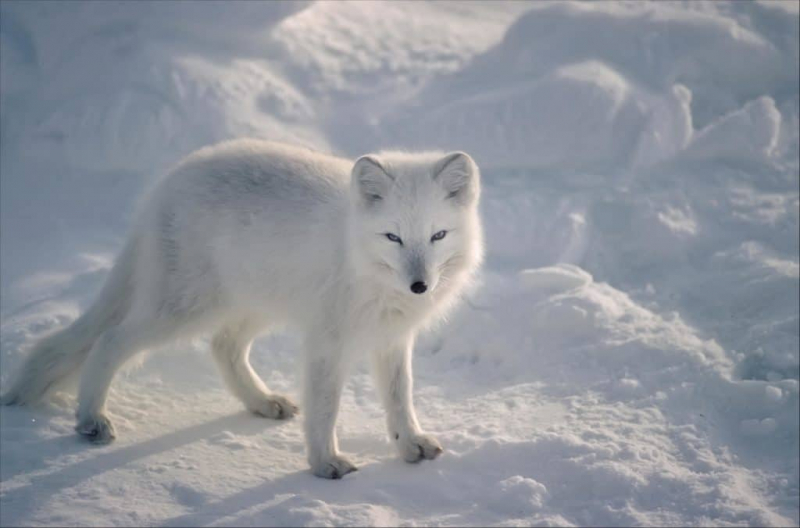
a-z-animals.com 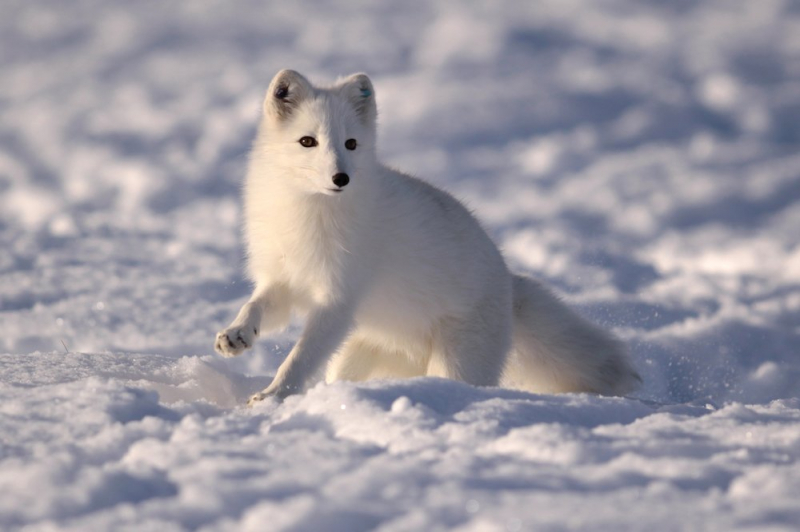
en.wikipedia.org -
The Bactrian camel dwells in the scorching heat of Central Asia's Gobi Desert. In the summer, these deserts may reach temperatures above 100 degrees. The camel herds, despite being very well adapted to extremes in the environment, will migrate from the heat of the stony desert up into the mountainous regions during the warmest months of the year. They can be found at elevations of 3,000m (10,000ft) or higher before descending into the desert with the arrival of winter.
To keep hydrated, a Bactrian camel needs to drink a lot of water. In just 13 minutes, it may consume up to 30 gallons of water! Bactrian camels do not sweat much, allowing them to preserve water. Two humps of fat are stored in these camels, which may be converted into food and water as needed (as opposed to the dromedary camel, with only one hump). They may go six to seven months without needing to replenish their water supply.
Bactrian camels are highly endangered in their natural habitat. Because of habitat degradation due to mining and other land development, their numbers are dwindling.
Scientific Name: Camelus bactrianus
Resilient Animal for Surviving Extreme Heat: Lives in 100+ Degrees
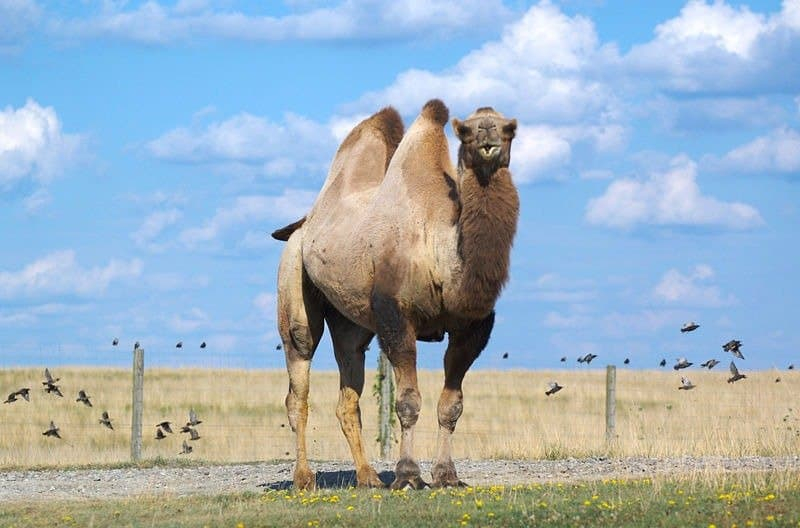
a-z-animals.com 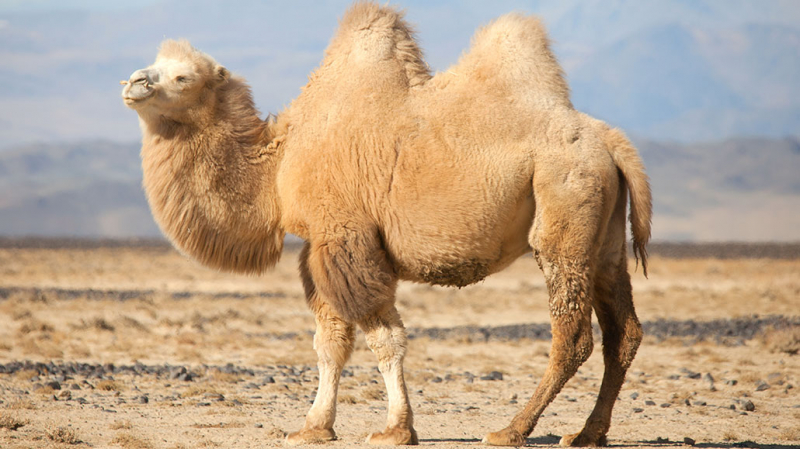
en.wikipedia.org -
A giraffe may not be the first animal that comes to mind when you think of the best resilient animals. A giraffe, on the other hand, may go three weeks without drinking water. Giraffes dwell in the savanna in Africa, where it is heated all year. Giraffes feed mostly from acacia trees, but they also consume wild apricots, flowers, fruits, and buds, as well as seeds and fresh grass, especially after the rains. Giraffes acquire 70% of their moisture from their diet, so they don't need to drink much. However, when they do come across clean water, they must splay their front legs (which are longer than their back legs) to get their head near enough to drink.
Giraffes may grow to reach 18 feet tall in males and 14 feet tall in females. Bending down to drink from a stream is tough for them. When they do, they become prey to predators. As a result, their capacity to go for long periods without drinking from a stream keeps them safe. Giraffes' conservation status is in jeopardy owing to habitat degradation and poaching.
The Giraffe is now designated by the IUCN as an animal with a Low Risk of Going Extinct in its Natural Environment shortly, because the majority of Giraffe populations are stable, and in some cases, expanding. However, both hunting and habitat degradation continue to impact them, with populations farther north growing sparser and more separated from one another. A couple of the nine Giraffe species are currently classified as endangered or threatened.Scientific Name: Giraffa camelopardalis
Resilient Animal for Surviving Without Water: Can Live Up to 3 Weeks Without Drinking Water
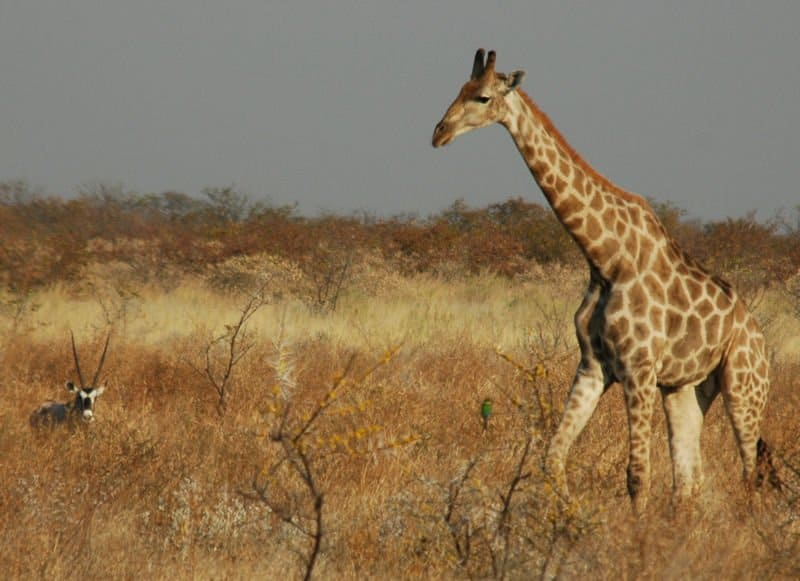
a-z-animals.com 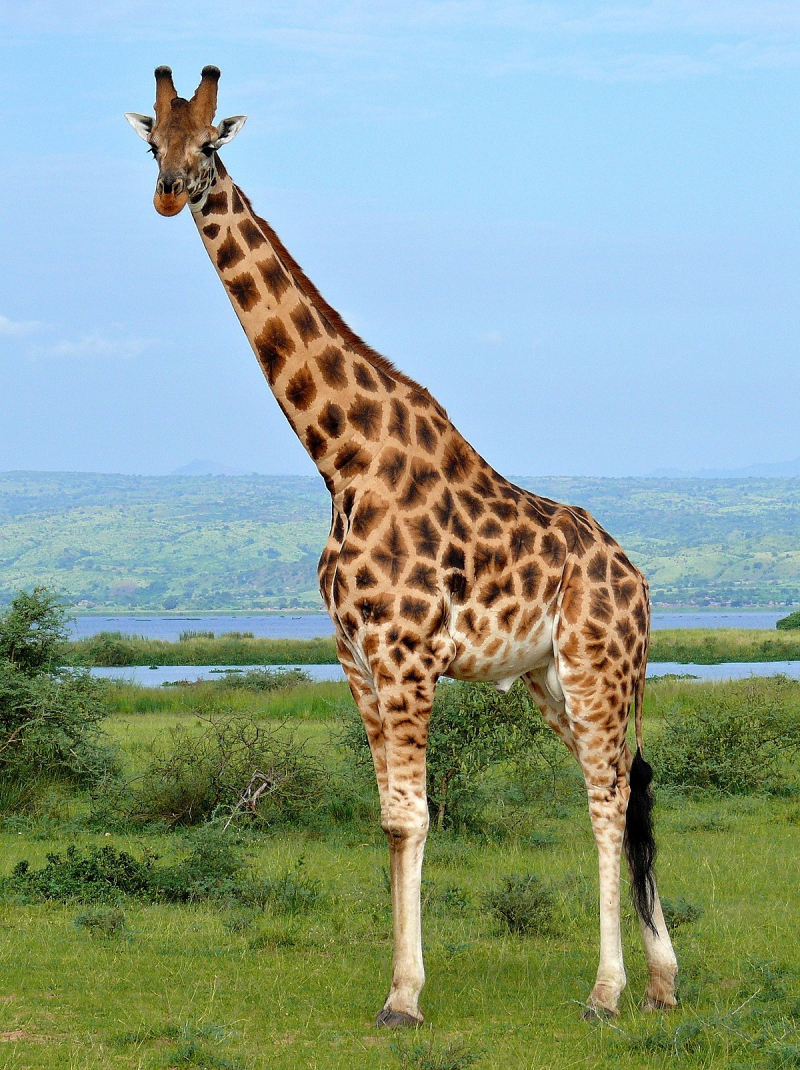
en.wikipedia.org -
Ranked fifth on the list of the best resilient animals is crocodiles. They are found in Asia, Africa, North America, and Australia's tropical climates. Crocs are the toughest creatures that may go for up to three years without feeding. These reptiles have an extremely sluggish metabolism and may remain motionless for lengthy periods. They appear to be able to fall dormant and subsist off of their tissues for lengthy periods in severe circumstances.
Crocodiles, like other reptiles, are ectotherms, meaning they must acquire heat from their surroundings. Crocodiles have evolved habits to regulate their body temperature: when it's chilly, they bask in the sun, and when it's hot, they seek shelter or water. Ectotherms, such as crocs, do not need to consume regularly to keep their bodies warm, therefore they conserve a tremendous quantity of energy that may be used elsewhere or saved for later. The metabolism of a croc is so advanced that it utilizes and stores virtually all of the food it consumes. This is one of the reasons why bigger crocodiles may go for years without eating.
On the other hand, Crocodiles can go for long periods without eating. Because they are cold-blooded reptiles, they use less energy and may save it for later. When they're not hunting, they're also slow-moving creatures, allowing them to save energy and go longer without eating. When hungry, these carnivores consume birds, wild boar, deer, fish, and other animals. They seize their victim, smash it with their powerful teeth, and consume it whole.
Scientific Name: Crocodylidae
Resilient Animal for Surviving Without Food: Can Survive 3 Years Without Eating
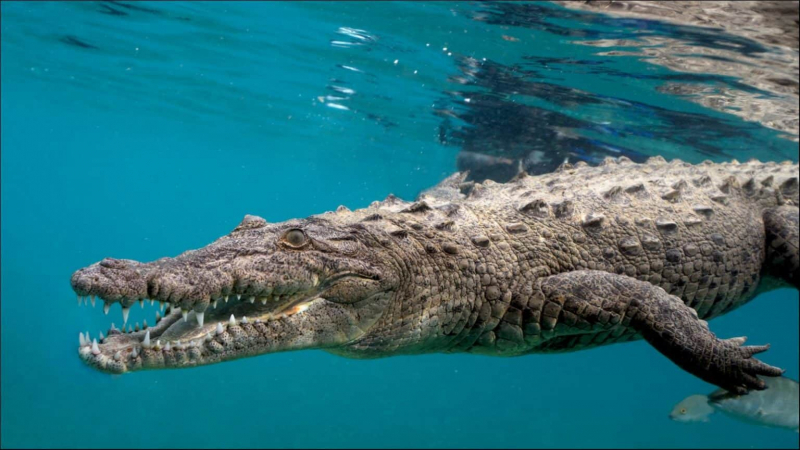
a-z-animals.com 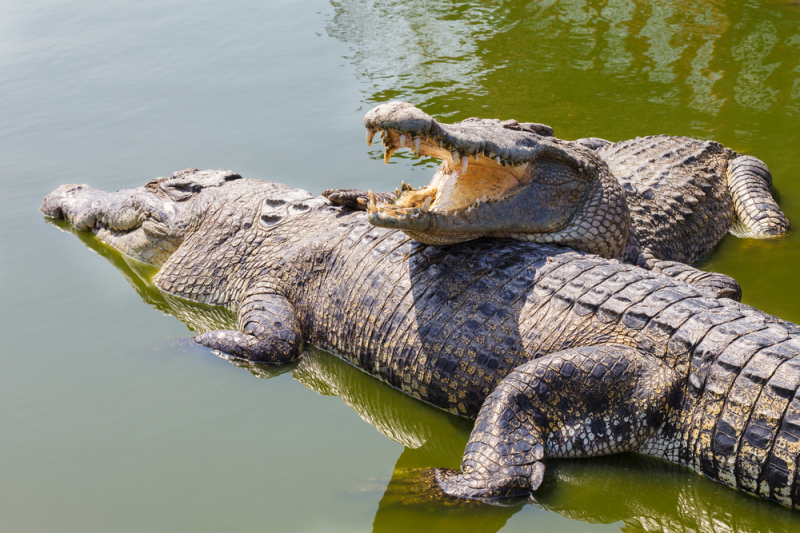
en.wikipedia.org -
The honey badger joins the list of the best resilient animals because it does not flee when confronted by a predator – even if it is a lion or a leopard! Honey badgers may be found in much of Sub-Saharan Africa, as well as Saudi Arabia, Iran, and western Asia. It is not for nothing that the honey badger has earned the reputation of being the most fearless animal in the world. This predator is recognized for its formidable defensive powers and aggressive attitude, despite its diminutive size. They have keen claws and powerful jaws, as well as thick skin. Honey badgers have been dubbed the "world's most fearless animal" by the Guinness Book of Records, according to the Independent.
Honey badgers are around three feet long and weigh between thirteen and thirty pounds. Its body is small and strong, and its front feet have large claws. It digs holes with these claws and fights predators with them. This robust animal has keen teeth and may whirl around to attack a predator that has caught it. In addition, a honey badger may emit an odor strong enough to make a predator flee. Honey badgers have the lowest conservation status.Scientific Name: Mellivora capensis
Resilient Animal for Protecting Itself: Fights Off Large Predators
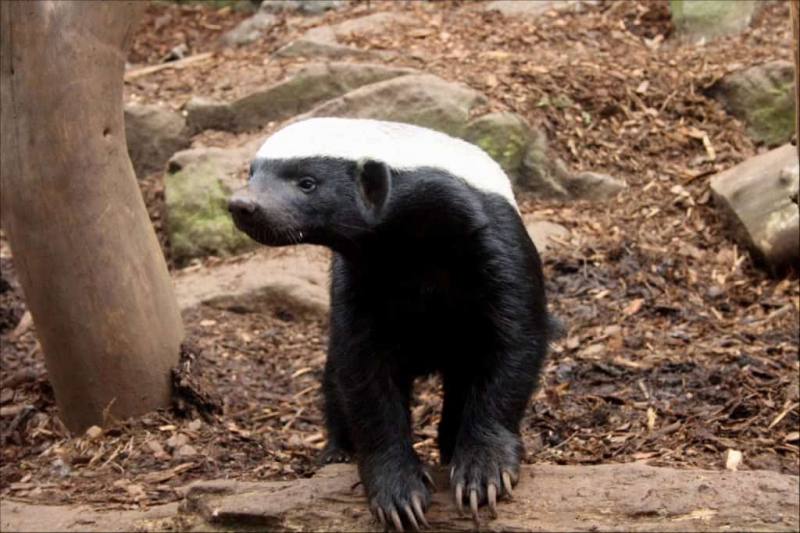
a-z-animals.com 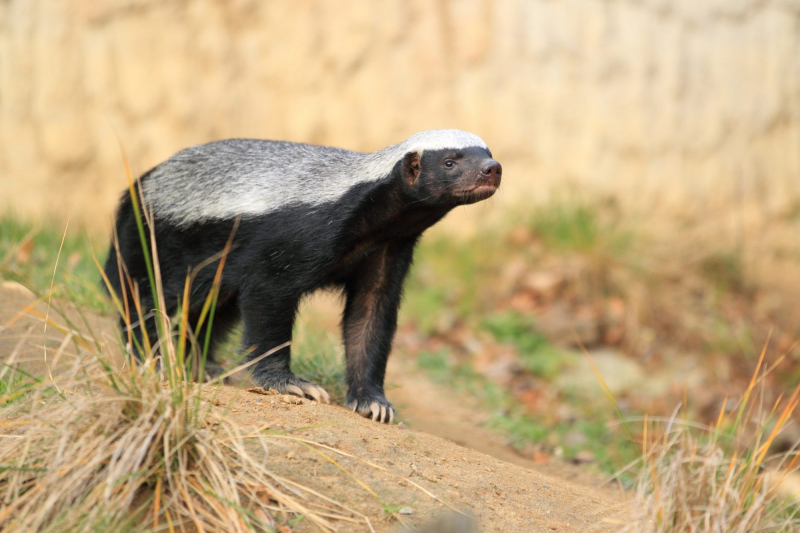
en.wikipedia.org -
A jaguar is not the world's largest cat, but it is unquestionably one of the best resilient animals. Tapirs are big animals that often weigh between 500 and 800 pounds. Adult tapirs are heavier than most jaguars, even the tiniest ones. Jaguars, on the other hand, not only have the strength to kill them but can also drag them about and even hoist their bodies up a tree to have dinner on their favorite limb after capturing and killing it. As a result, we may confidently assume that jaguars can raise 700-800 pounds above their heads. The jaguar is the strongest wild cat in terms of jaw strength, with a bite that can break turtle shells, puncture cayman skin and skull, and drag the alligatorid out of the water and onto land.
Jaguars may be found in South and Central America's tropical rainforests, savannas, and grasslands. They may reach a length of six feet and a weight of 250 pounds. Habitat degradation, fragmentation, poaching for body parts trafficking, and murders in human-wildlife conflict scenarios, notably with ranchers in Central and South America, are all threats to the jaguar. Since 2002, the IUCN Red List has classified it as Near Threatened.Scientific Name: Panthera onca
Resilient Animal for Hunting Skills: Can Pull a 500 Pound Deer into a Tree
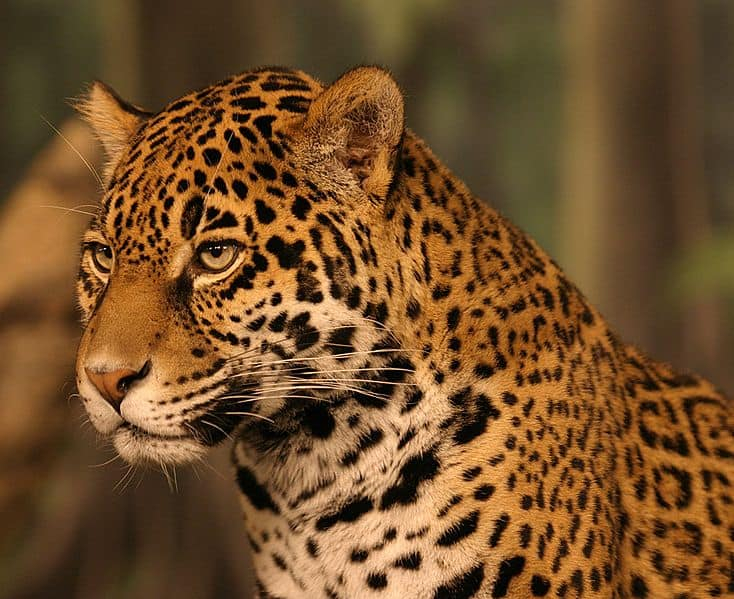
a-z-animals.com 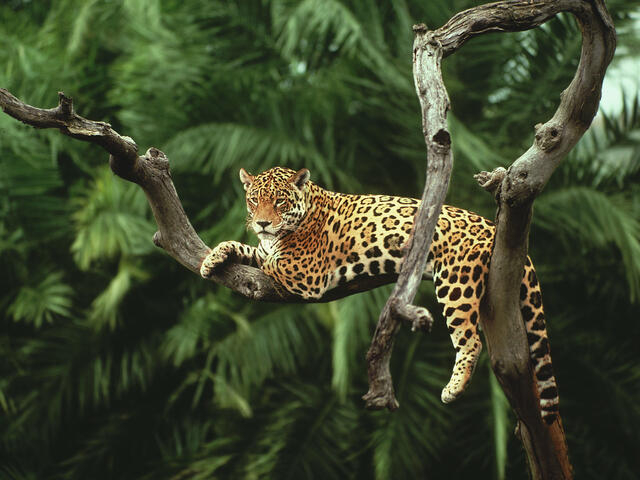
en.wikipedia.org -
The Black mamba snake makes the list of the toughest animals because of its deadly venom. It is known as the world's most lethal snake. When the black mamba is threatened, it opens its inky-black jaws, stretches its short neck-flap, and hisses. It can strike from a long distance and can deliver several bites in quick succession. Its venom is mostly made up of neurotoxins, which can cause symptoms in as little as ten minutes and can be lethal if not treated with antivenom. The black mamba, despite its reputation as a fearsome and violent animal, only attacks humans when threatened or trapped.
This snake may be found in Africa's southern and eastern regions. A Black Mamba rises a third of its body above the ground, expands its neck hood, and opens its black lips when attacked. If a predator such as an owl, vulture, or mongoose does not flee, the snake will strike. Instead of striking once, this snake strikes many times to ensure that a substantial amount of venom is delivered to its prey. The venom of this snake kills a predator in 20 minutes.Scientific Name: Dendroaspis polylepis
Resilient Animal for Toxicity: Venom is One of Most Toxic on Earth
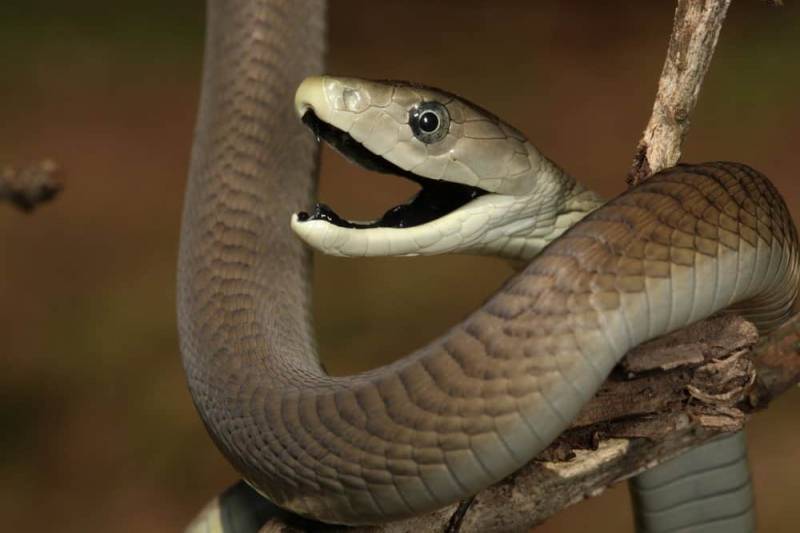
a-z-animals.com 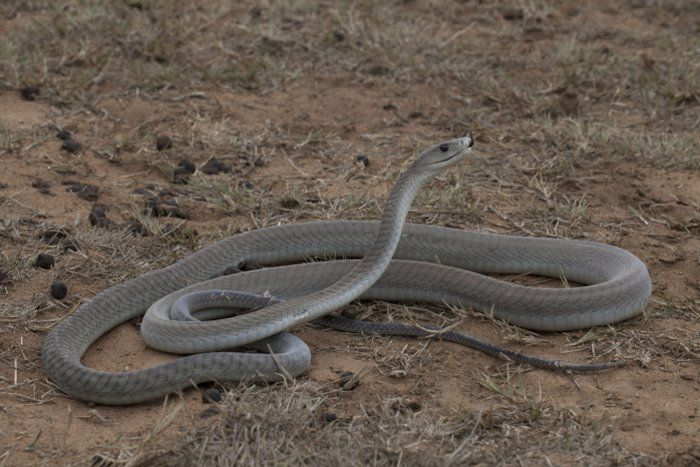
en.wikipedia.org -
A Dung Beetle is just around three or four inches long and weighs less than 3.5 ounces, but it can transport a ball of dung (poop) 200 times its weight. Most dung beetles use their acute sense of smell to locate excrement. Some smaller species just cling to the dung providers as they wait for the poo. A dung beetle captures the excrement and rolls it, despite all impediments, in a straight route. Dung beetles will sometimes try to take a dung ball from another beetle, so once they have rolled their ball, they must move quickly away from the dung pile to avoid being stolen. Male Dung Beetle can pull 1,141 times their body weight, which is the equivalent of an ordinary person hauling six double-decker buses. That's what makes it one of the most resilient animals on this list.
Except for Antarctica, this bug may be found on every continent. They are capable of surviving in both deserts and woodlands. These insects locate a clump of dung, roll it to a new location, then bury it before eating or laying eggs in it. While it may appear to be a filthy job, cleaning animal manure is necessary to maintain the land clean and pest-free. Dung beetles have a conservation status of "not in danger of extinction."Scientific Name: Scarabaeidae
Animal for Relative Strength: Can Push an Object More Than 200 Times Its Weight
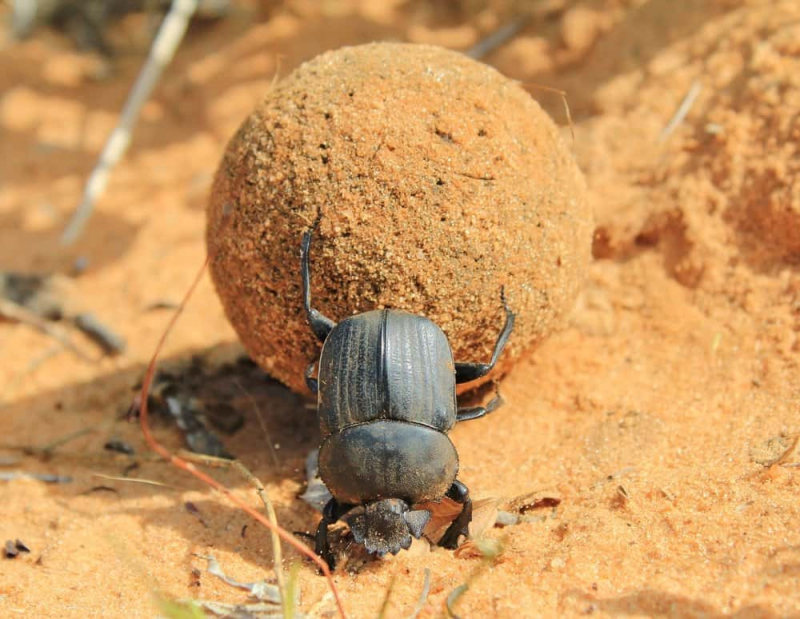
a-z-animals.com 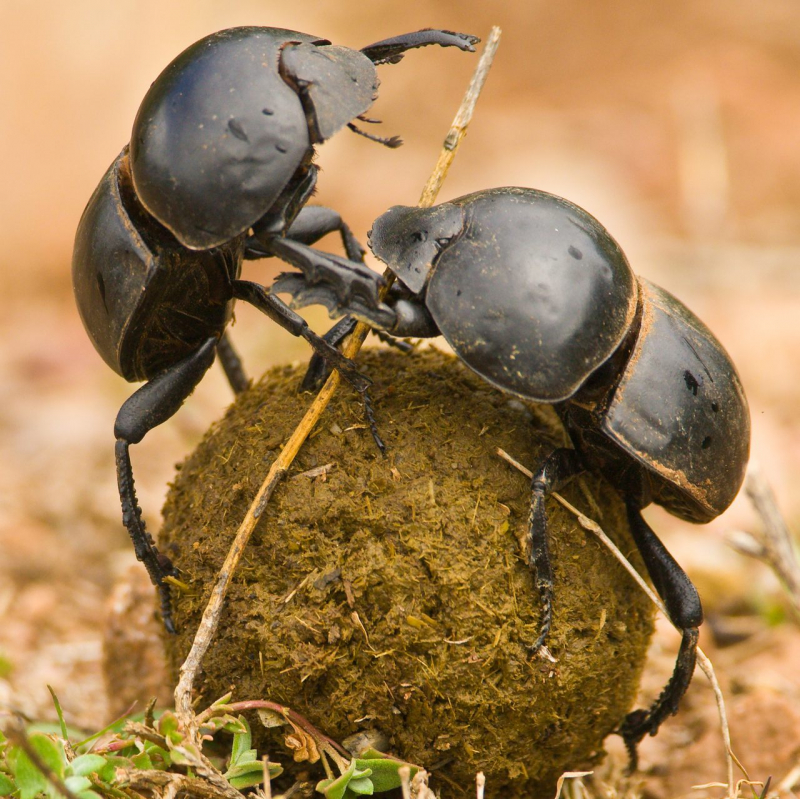
en.wikipedia.org -
Gorillas are thought to have 20 times the strength of an adult man, thanks to their muscular and extended arms, according to scientists. The gorilla is one of the most powerful creatures on the earth by any measure. It can also create 1,300 pounds of pressure per square inch with its bite. These animals may grow to reach four to six feet tall and 440 pounds. Although largely herbivorous and not very aggressive, its intimidating display can scare off even the most dangerous animals.
To maintain their size and strength, gorillas must consume a lot of meat, right? Gorillas are mostly herbivores, which is surprising. The diets of the many gorilla subspecies varied slightly, although they usually consist of leaf, fruit, and other plant material. Because the leaves and foliage gorillas eat are deficient in nutrients, they must consume a vast quantity to satisfy their nutritional requirements. Lowland gorillas, both eastern and western, consume ants and termites on occasion.
Gorillas may be found throughout Africa's woods, particularly in the Congo Basin. They're typically friendly creatures, but if one male gorilla approaches the territory of another, it can result in a brutal battle. Gorillas are at perilous risk of extinction. Their populations have declined due to habitat degradation and poaching, although many gorillas are now protected in Africa's national parks.
Scientific Name: Gorilla
Resilient Animal for Brute Strength: Times Stronger Than a Human
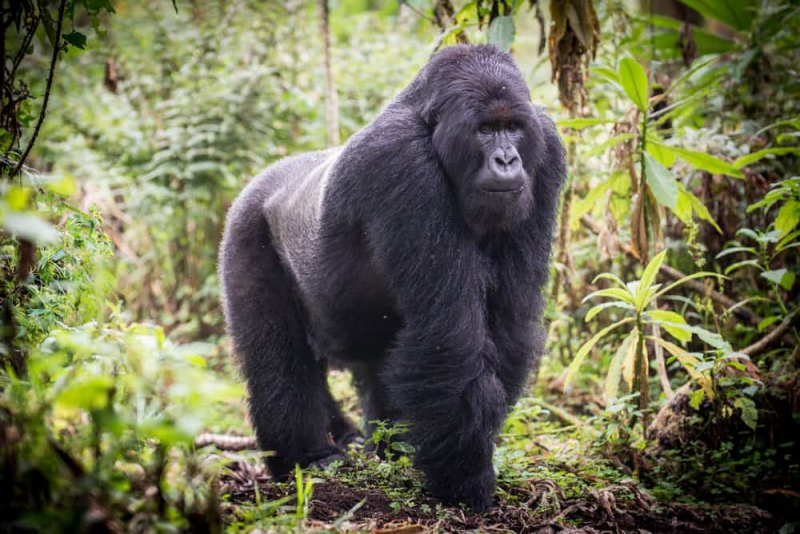
a-z-animals.com 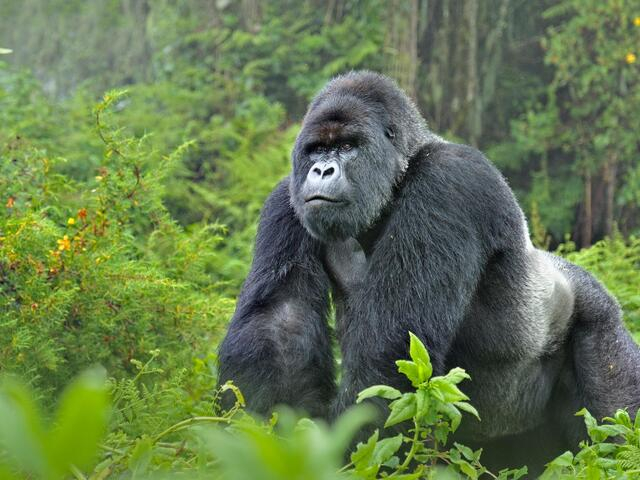
en.wikipedia.org












